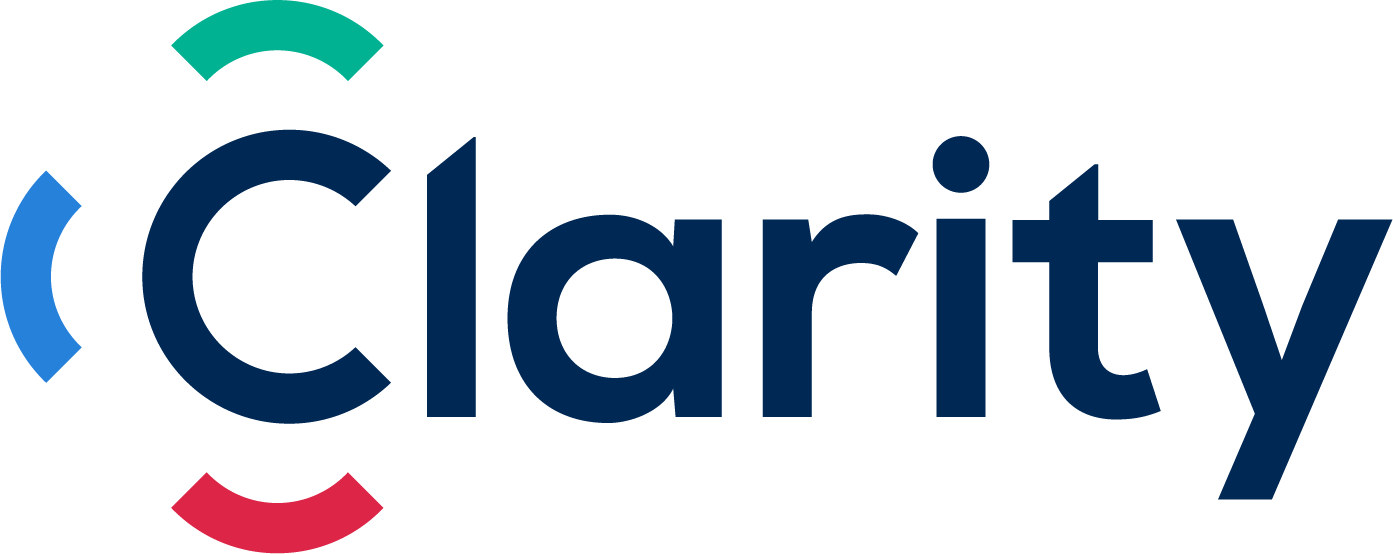In this second instalment, Ashley Dafel explains how to build an exceptional team. He explores how understanding the seven levels of thinking can improve morale and remove the barriers that thwart creativity. He talks about the gains that can be made once you start matching people with the right job – better problem solving capabilities, higher levels of performance and impressive bottom line results. Interestingly, the information in the post below is not only useful for people who manage a team, but for those on the team itself.
Besides helping your team to understand their emotional triggers, what other types of professional development have you done to improve their performance?
What we found was even though people understood their emotional triggers and learned how to work with them, the bottom line results, although improved, were not as good as we hypothesized they would be. We decided to bring in an industrial psychologist who used Dr Elliott Jaques’ Stratified Systems Theory.
…the bottom line results, although improved, were not as good as we hypothesized they would be.
What is the Dr Elliott Jaques’ Stratified Systems Theory?
In a nutshell, Elliott Jaques’ theory defines seven levels of work based on decision making complexity. The decision making complexity increases as you move up the levels. If you identify which level a person is most comfortable operating at, you can understand if that person is a fit for the complexity of the role you have assigned to him/her. It allows you to maximize effective organizational design and assignments. For example, if you are at the 7th level you are purely strategic. We found that we had put very strategic thinkers into the level 2 and 3. We weren’t using them correctly. Our response to this information was to identify the individual’s natural working style and then have that person work through his/her missing components as part of their development plans. In essence, we would grow him/her from level to level, but make sure that each person was not forced to function in a role he/she was not suited to. The results were staggering and the group took off. Based on this, we re-designed the group so that on every engagement the first people in were the high level strategic thinkers (level 5). They would go in and do a strategic analysis of the business and then hand off to the next levels.
Our response to this information was to identify the individual’s natural working style and then have that person work through his/her missing components as part of his/her development plans.
Were there specific questions that they would ask?
Yes, we asked questions along a similar theme when evaluating a company:
a) What is the entity’s strategy and what does the picture of success look like?
b) How do you know this strategy will be applicable in 10 years?
c) How do you know the company is executing well?
d) What R&D, innovation and creative destruction are planned to achieve success?
e) How will the success be protected to inhibit competition or substitutes?
From these few questions it was possible to quickly identify the senior leaders who were not level 6/7 thinkers, according to Dr Jaques’ theory. This was often the first call to order in getting the business aligned for success.
What would happen next?
The strategic thinkers (levels 6 and 7) would then identify the big, hidden issues. The next step was to bring in the level 4 and 5 thinkers to really explore the hidden issues and analyze how severe they were. Then if we needed execution done we would have our strong tactical thinkers go in (level 2 and 3). Each person was used to maximize his/her specific skills and we had rigorous developmental plans to migrate people to greater operating levels of complexity. It was exhilarating developing the whole person: we were not only developing people at an emotional level but also the intellectual level.
Each person was used to maximize his/her specific skills. It was exhilarating.
Did this change the way you recruited?
From a recruiting standpoint we were able to design our group and optimize each project team based on how many people we needed at each level. In effect, this became a framework for recruiting, mentoring, development and performance. From a personal standpoint, I now look for people that have complimentary skill sets to build a team, so that I have all perspectives (thinking levels) on my team. You have to be able to create a culture where it is possible to introduce new opinions, challenge them and come to a better understanding. The key to that is when we make a decision we are all one. We can challenge inside the boardroom, but when we leave we stick together.
From a personal standpoint, I now look for people that have complimentary skill sets to build a team, so that I have all perspectives…
Ashley Dafel, has built several exceptional teams. His knowledge of emotional triggers and the different levels of thinking, means that he forms a unique understanding of the people who work with him. The team is productive, the management style inclusive and each person is groomed to reach his/her potential – an effective approach for building a framework for success.
